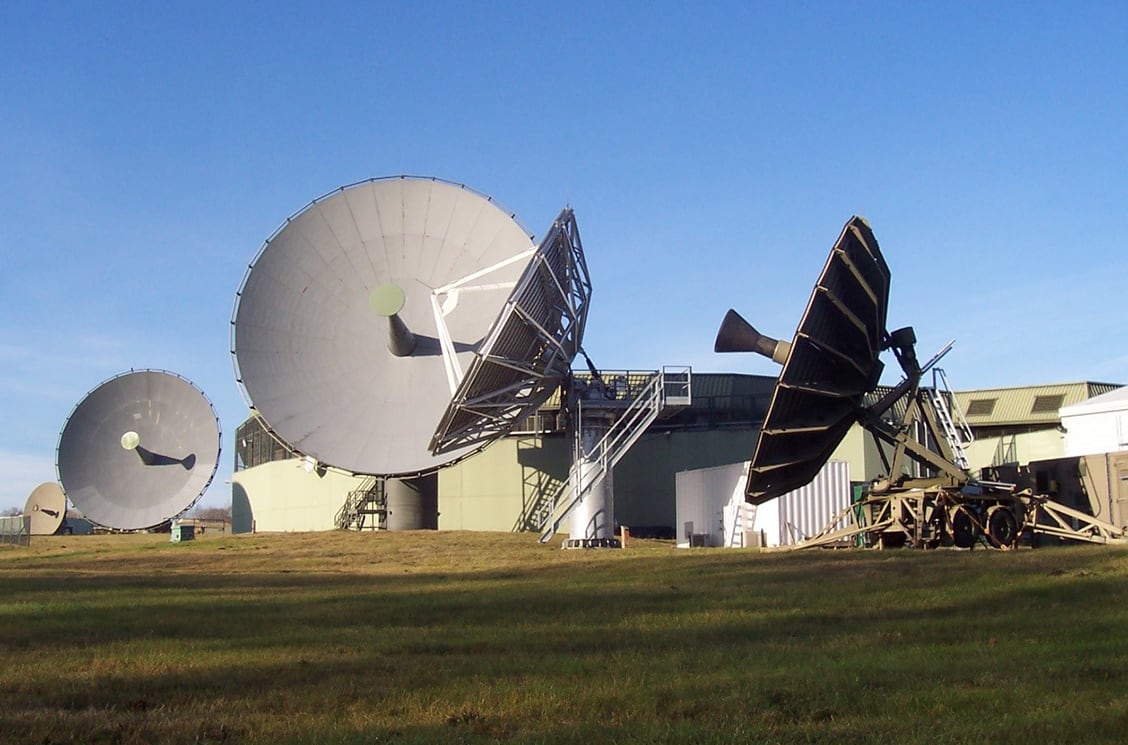The Space Force this week announced a new Joint Antenna Marketplace aimed at helping it leverage commercial capacity and relieve the strain on its Satellite Control Network.
Space Systems Command said Monday it awarded contracts to two firms — Auria, formerly Boecore, and Sphinx Defense — to establish the cloud-based marketplace prototype, dubbed JAM, which will connect satellite operations centers with government and commercial antennas.
The service said Monday it’s using the Pentagon’s software acquisition pathway to create the marketplace, a tailored procurement method meant to help programs buy software more quickly. Defense Secretary Pete Hegseth recently mandated that all military software be developed and purchased through the pathway.
“The program is currently in the planning phase of the Software Acquisition Pathway and is accelerating commercial capability delivery via prototype development,” SSC said in a statement.
JAM will expand the Space Force’s existing globally dispersed Satellite Control Network, or SCN, which provides critical launch support, satellite tracking and control, and emergency assistance for spacecraft.
The Defense Department and other federal agencies rely on the network for operations support, and demand for the capability has grown significantly in recent years. For the last decade, utilization rates have surpassed the industry standard, according to a 2023 Government Accountability Office report. Space Force officials have said the current SCN architecture on its own may not meet the military’s capacity needs during a conflict.
The antennas in line to augment and eventually replace SCN’s aging infrastructure through a program called Satellite Communications Augmentation Resource, or SCAR, are expected to increase satellite communications capacity by ten-fold for spacecraft in geosynchronous orbit, the Space Force estimates.
The new phased-array antennas are being built by BlueHalo. The systems, dubbed Badger, provide multi-beam, multi-orbit mission operations and are designed to make it easier to track and manage satellites. They can also be easily transported around the world.
The Space Force awarded the company $1.4 billion in 2022 to deliver 12 units by the early 2030s.
However, under its current schedule, the first units won’t deliver until the end of this year – a timeline that the service’s acting acquisition executive says is not fast enough.
Maj. Gen. Stephen Purdy told lawmakers Thursday that while SCAR is making progress, the program is moving “too slow for my taste and too slow for the need.”
Speaking at a House Armed Services Committee hearing, he said that along with helping the Space Force better leverage commercial systems, JAM provides a “backup plan” for SCAR that provides the extra support in the near term.
JAM builds on experimentation the service has conducted with the Space Development Agency and the Space Rapid Capabilities Office to integrate commercial capabilities through a cloud-based SCN. The marketplace “is going after full-up commercial,” Purdy said, and will open up significant new capacity.
Courtney Albon is C4ISRNET’s space and emerging technology reporter. She has covered the U.S. military since 2012, with a focus on the Air Force and Space Force. She has reported on some of the Defense Department’s most significant acquisition, budget and policy challenges.








